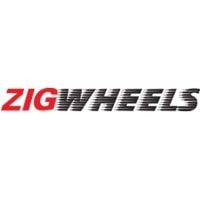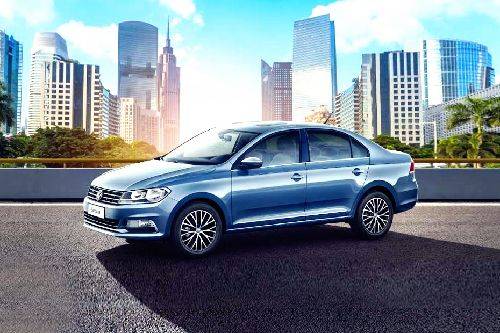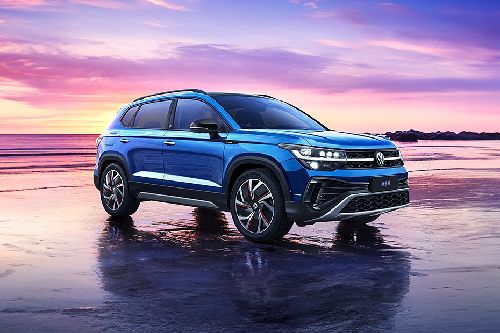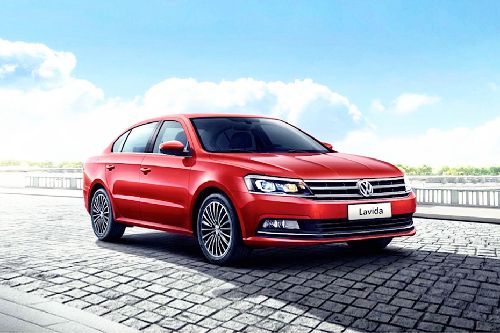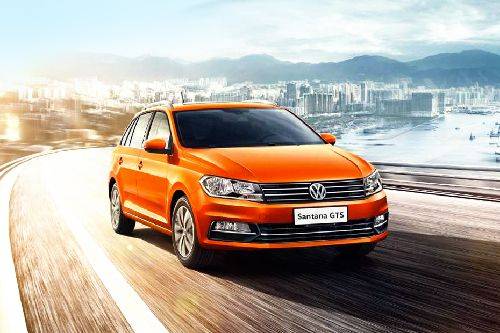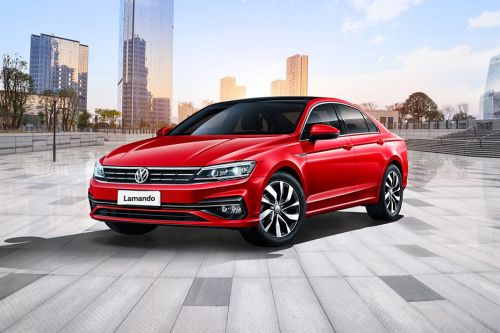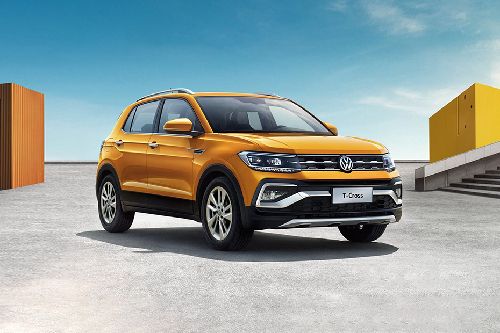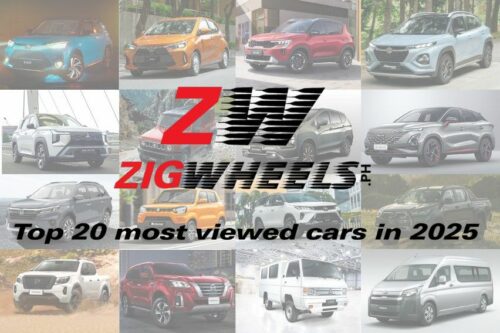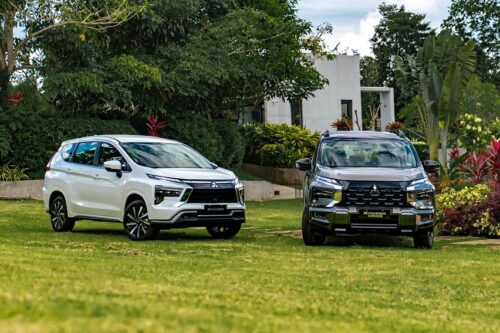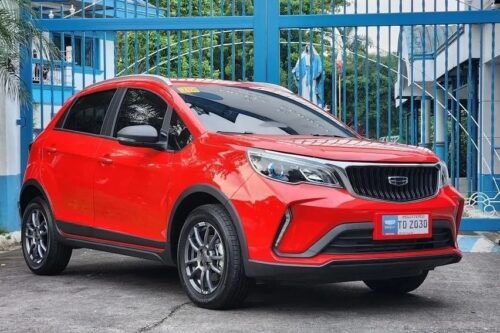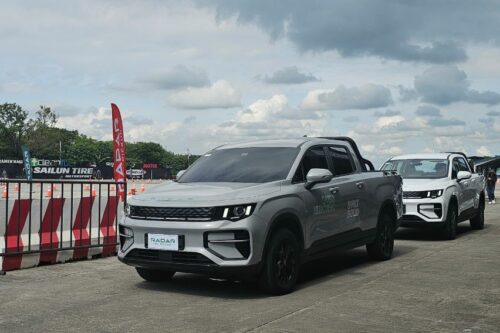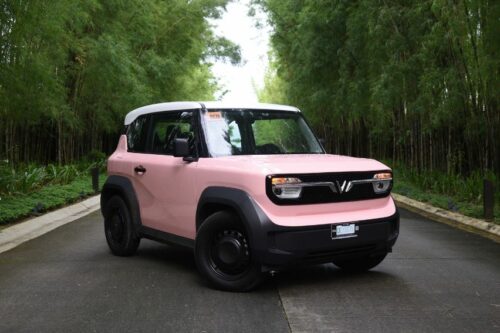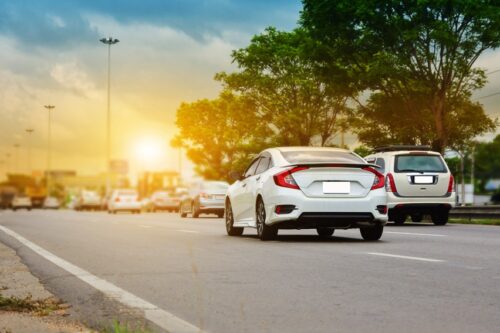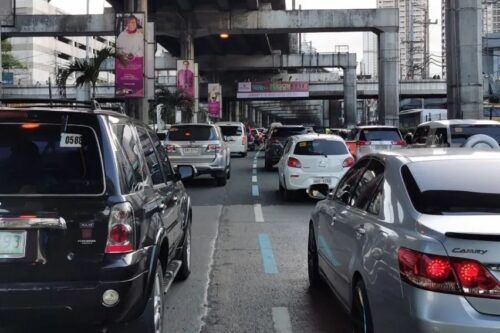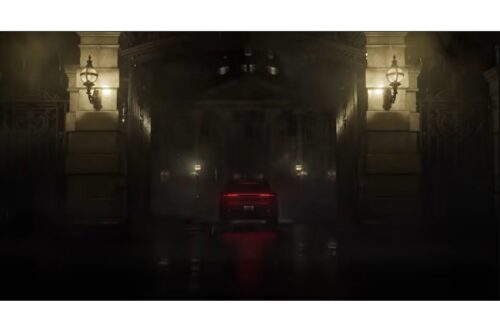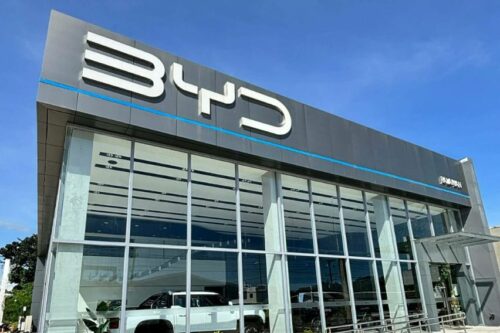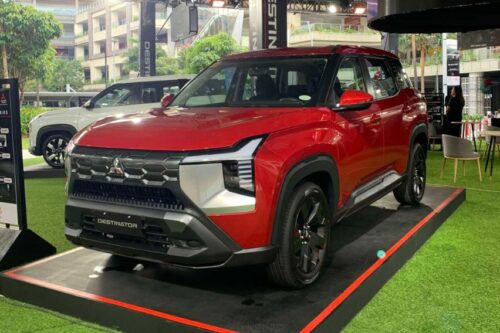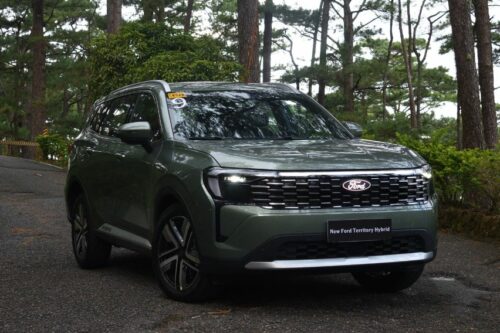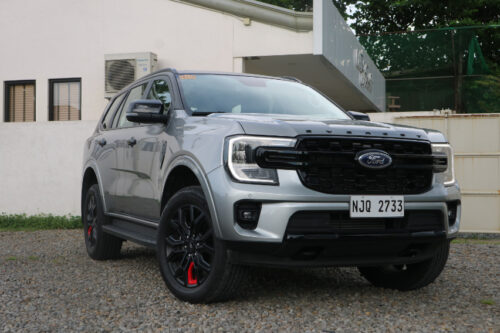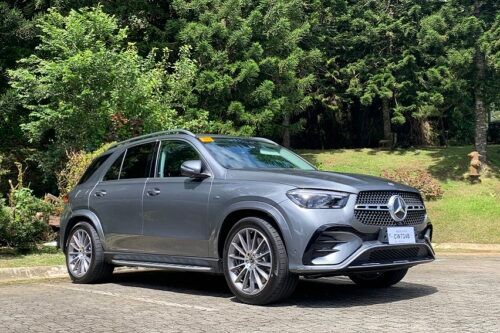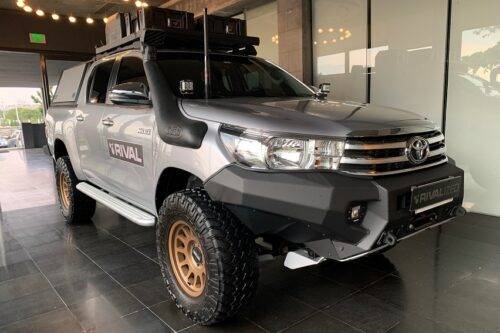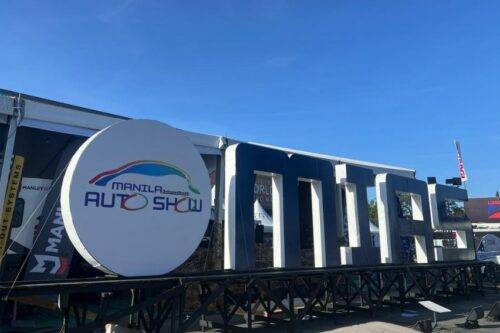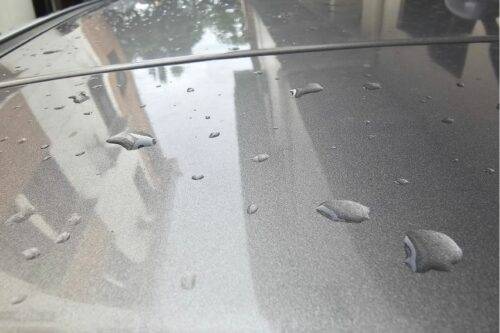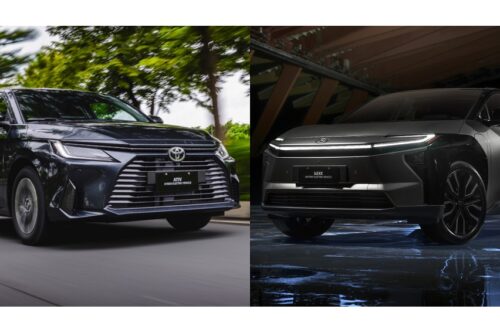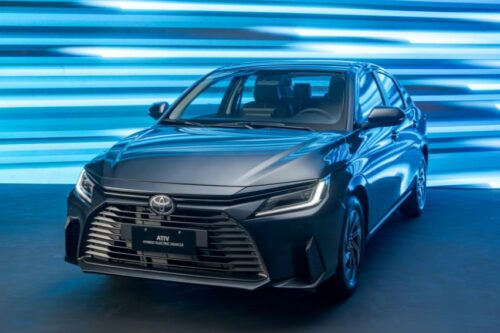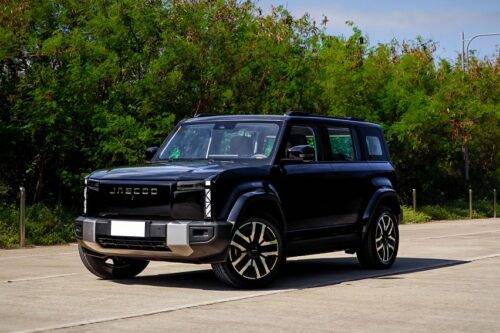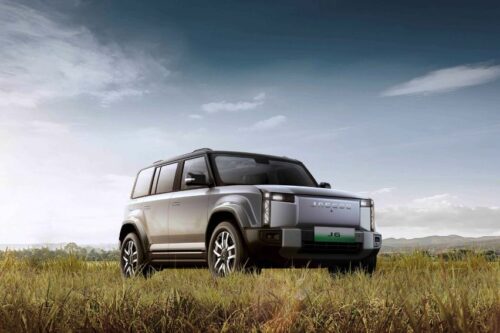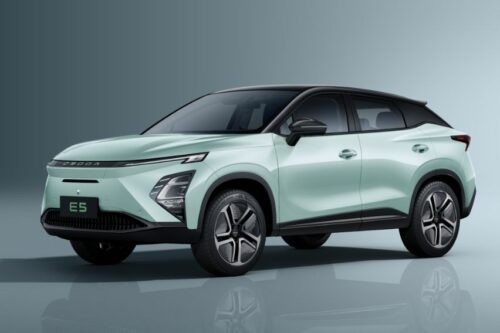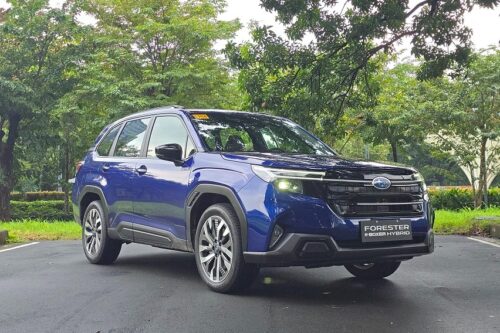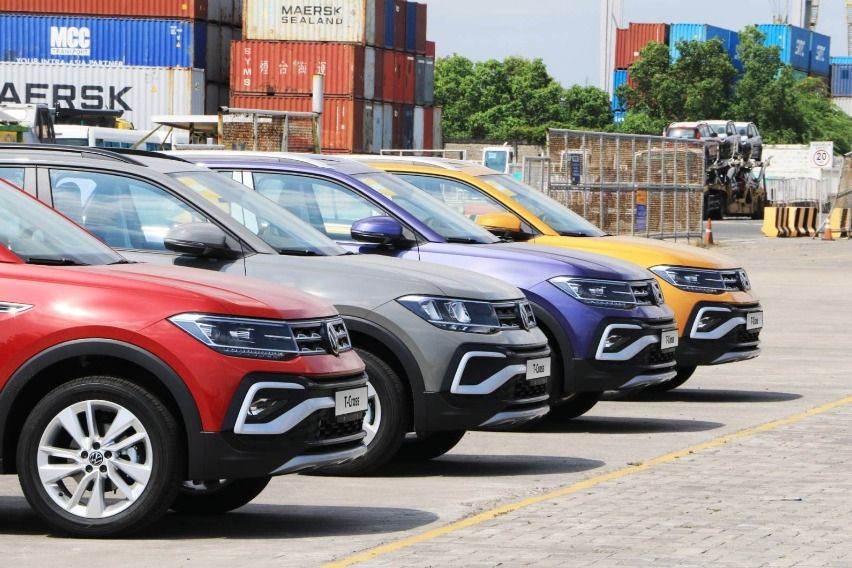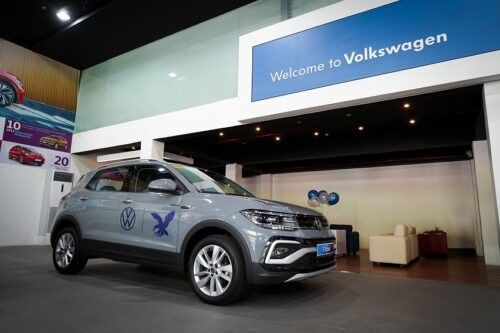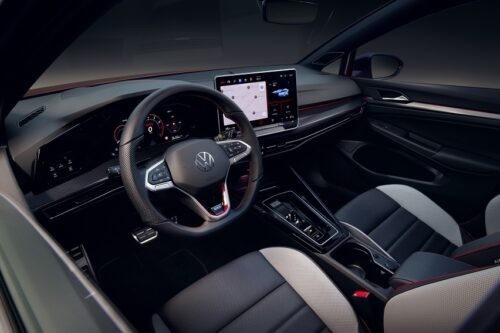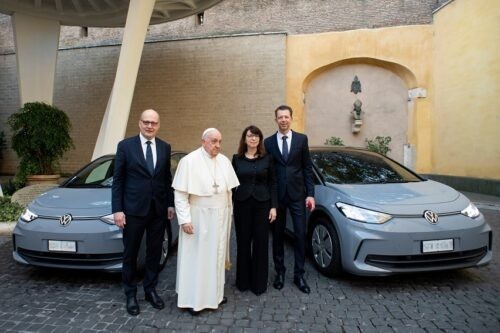New charging ecosystem introduced exclusively for Volkswagen EVs
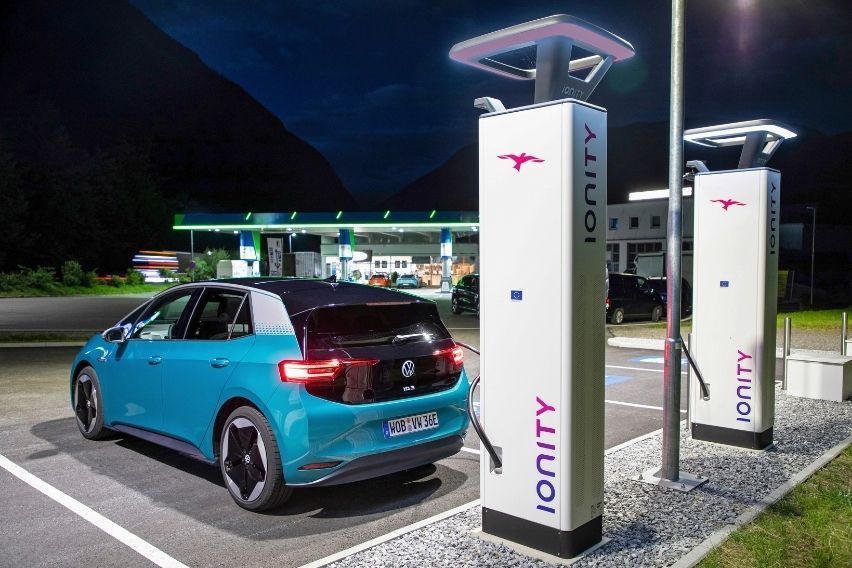
MANILA: Volkswagen is the first mass-market automaker to offer a universal and seamless charging ecosystem for its electric vehicle models. The so-called We Charge service will be expanded step by step — with the new charging solutions for home and mobile charging, new functions in the ID. models, and eventually with bidirectional charging technology — to offer higher performance, convenience, and sustainability.
KEY TAKEAWAYS
What are the charging solutions introduced by Volkswagen for its electric vehicle models?
Volkswagen has unveiled the We Charge service, bidirectional charging, and new software for improved charge planning and faster charging. Furthermore, Volkswagen's charging network in Europe is now composed of over 270,000 charging points.What is Volkswagen's ultimate goal in terms of electrification?
The ultimate goal is to electrify the entire Volkswagen vehicle lineup. Fully electric vehicles are expected to account for at least 70% of Volkswagen’s sales in Europe by 2030, equating to more than one million vehicles. In North America and China, electric vehicles are expected to account for at least 50% of unit sales. Volkswagen plans to introduce at least one electric vehicle per year to meet these targets.In a statement, Volkswagen CMO ID. Digital and Product Line e-Mobility Marketing and Sales Head Silke Bagschik said, “The across-the-board enhancement of the charging infrastructure is decisive for accelerating the ramp-up of the electric mobility campaign. Charging must become simpler and easier to integrate into daily activities. With the new software in our ID. models along with solutions like Plug & Charge, we as a manufacturer are making a decisive contribution to realizing such goals.”
The Volkswagen Group is laying the groundwork for the brand’s electric campaign to be successful. Volkswagen Group Components Charging and Energy Head and Elli Chief Executive Officer Elke Temme stated, “Our goal is to ensure that an electric vehicle is capable of being a customer’s primary car — without any compromises. That is why we are building a complete charging eco-system, with residential charging solutions and a rapid expansion of the fast-charging infrastructure required for mobile charging, as well as competent advice, comprehensive charging tariffs and the right fleet solutions for business customers. We also have a clear strategic objective. We want to make it possible for the batteries in our electric vehicles to be used on the energy market as flexible, mobile energy storage units. Such energy storage options are essential for increasing the share of renewable energies. In addition, this can also make charging significantly cheaper for customers, and they will then be able to feed their own power into the public grid.”

The ID. Charger, the home charging station from Elli, may already be used to charge electric Volkswagen vehicles in the garage at home. Customers can pick between the basic version and two fully networked variations, all of which can be controlled via their smartphone’s We Connect ID. App. Volkswagen also offers an appropriate electricity supply contract with “Volkswagen Naturstrom” in Germany, which ensures fully certified green electricity from renewable sources.
We Charge customers are given access to one of Europe’s largest charging networks with the We Charge charging card. Over 270,000 public charging points, both in cities and along long-distance journeys, are already connected. Together with powerful partners, the Volkswagen Group plans to deploy rough 18,000 fast-charging stations in Europe by 2025. These will be augmented by roughly 35,000 charging stations set up with retail partners, many of which will be open to public.
Volkswagen ID. models will be equipped with a new feature in 2022, which will replace the existing charging card authentication process, making charging at fast-charging stations even easier. As soon as the customer plugs in the charging cable, encrypted and secure communication in line with the ISO 15118 standard will begin between the vehicle and the charging station. This authentication process takes only a few seconds before charging begins. The We Charge contract then handles billing in the usual way. Plug & Charge will be available in the Ionity, Aral, bp, and EON networks in 2022. Other major partners are currently being consulted.
Intelligent charging at home requires a Home Energy Management System (HEMS). This system can recognize all of the needs of the users so it can intelligently stagger and control their power supply. The main advantage is that it makes charging photovoltaic systems with self-generated solar power even simpler.
Furthermore, innovative electricity tariffs and algorithms have already made it possible to charge the car at a point where there is plenty of renewable energy. This means that wind turbines, for example, will not need to be shut down because no one is using them. In 2019, Germany wasted 6,500 gigawatt hours of renewable energy, enough to run 2.7 million electric cars for a year.
The potential is even greater when combined with bidirectional charging, a groundbreaking technology that will be launched by Volkswagen. Electric cars can feed excess electricity into the customer’s home network (vehicle-to-home), and in the future, they will also provide electricity to help maintain the electricity grid. This feature will be available in the future on all ID. models with a 77-kWh battery. This will also be available for vehicles that have already been delivered through an over-the-air update that will be rolled out progressively. A special DC BiDi wallbox will be employed for power transfer and communication.
In the future, all ID. models will be launched with a new software version that provides considerable charging benefits. The 77-kWh battery’s maximum power rating will increase from 125 to 135 kW (or 150 kW for the ID.5 GTX2). This can save charging time by up to nine minutes when charging from 5% to 80% SOC (state of charge). These upgrades will be enabled in already delivered customer vehicles via software update in the near future. There is also a new Battery Care Mode that provides maximum protection of the battery. The upper charge level (SOC) is thus limited to 80%.
The charging menu, which is located on the top level of the ID. models’ large touch display, will be reorganized to be more informative and clearer. The navigation system’s Online Route Calculation function executes intelligent multi-stop route planning for long trips so that the vehicle arrives at its destination as promptly as possible. The function accomplishes this by combining traffic and route data with required charge level at the destination. The charging stops are constantly evaluated based on the capacity and occupancy level of the charging stations. The route planning function may recommend two quick high-power charging operations instead of a long charging stop with low power.
Volkswagen supports the expansion of renewable energies in Europe by building new wind and solar farms. The purpose is to create and feed into the grid the green electricity that ID. vehicles require for operation and that is not already charged by customers as green power. By 2025, it is anticipated that around 20 additional installations will be constructed. Around seven terawatt-hours of additional green electricity will be generated annually, equivalent to over 300 new wind turbines. Volkswagen also plans to invest around €40 million in this project by 2025.
The rapid ramp-up of the electric mobility campaign under the brand strategy “Accelerate” is part of the “Way to Zero” decarbonization program. Volkswagen aims to be climate-neutral by 2050. It is expected to cut CO2 emissions per vehicle in Europe by 40% by 2040. The goal is to make the production process, including supply chains and operation of electric vehicles, climate-neutral. This will be supplemented by recycling high-voltage batteries from old electric vehicles.
The ultimate goal is to electrify the entire Volkswagen vehicle lineup. Fully electric vehicles are expected to account for at least 70% of Volkswagen’s sales in Europe by 2030, equating to more than one million vehicles. In North America and China, electric vehicles are expected to account for at least 50% of unit sales. Volkswagen plans to introduce at least one electric vehicle per year to meet these targets.
Photos from Volkswagen
Also read: Volkswagen PH unboxes holiday promo with zero DP, cash discounts
Sell your car at the best price
 Verified and genuine buyers
Verified and genuine buyers
Volkswagen Car Models
Trending & Fresh Updates
- Latest
- Popular
You might also be interested in
- News
- Featured Stories
Volkswagen Featured Cars
- Popular
Latest Volkswagen Car Videos on Zigwheels

Volkswagen Car Articles From Carmudi
- journal
